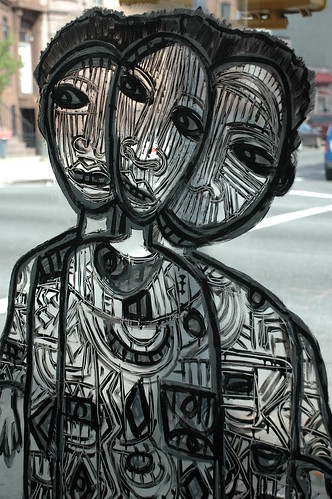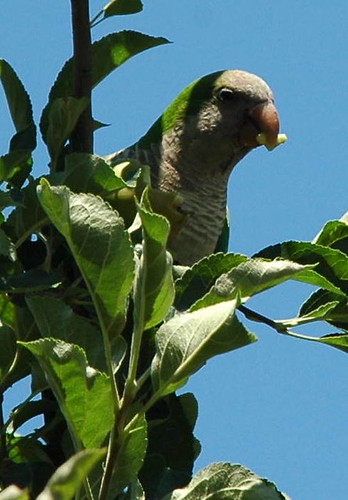Pterocarya fraxinifolia, Caucasian Wingnut, Brooklyn Botanic Garden.

Through August 26, the Brooklyn Botanic Garden (BBG) is hosting a special exhibit, Big City, Big Trees: Gentle Giants of the urban Landscape. This Saturday, Big Tree Celebration Day, from noon to 4pm, BBG is hosting several special events, including demonstrations, lectures, workshops, story-telling, and guided tours.
Trees do a tremendous amount for the urban environment. Their leaves absorb large amounts of carbon dioxide, a culprit in global climate change, and use it in the process of photosynthesis. Trees clean pollutants from the air, all the while releasing oxygen back into it. The bigger the tree, the greater the benefits: A large mature tree can absorb nearly 70 times more pollution and give off much more oxygen a year than a newly planted sapling.
– Benefits of Big Urban Trees
Big trees help to cool cities in the summer, providing shade and reducing the air temperature around them. They soak up a lot of rainwater, which reduces storm runoff and soil erosion. Big trees break the force of strong winds, decrease glare from the sun, and reduce air conditioning and heating bills in buildings to which they are adjacent. Moreover, big trees serve as noise buffers, muffling the sounds of car horns and buses, and they provide habitats for wildlife, even in the midst of the busiest city.
The tree in the photo above is BBG’s Caucasian Wingnut, one of seven big trees highlighted in this summer’s exhibit. This tree is over 60 feet (6 stories) tall. Its trunk is 104 inches (nearly 9 feet) around. It’s over 85 years old.
Additional Big Tree activities are held each Saturday through August 18.

















































